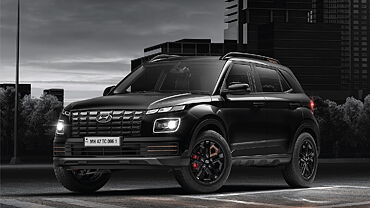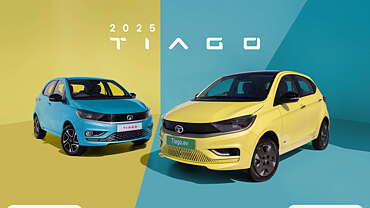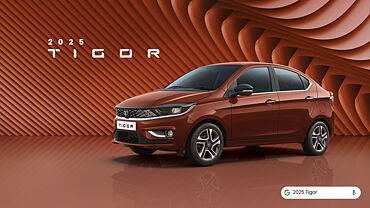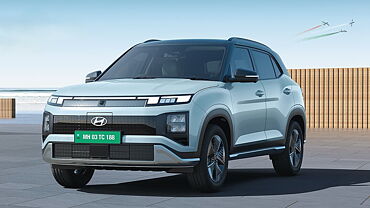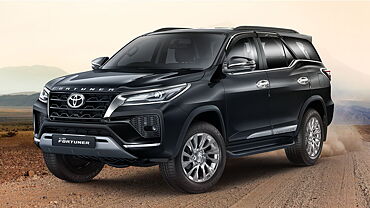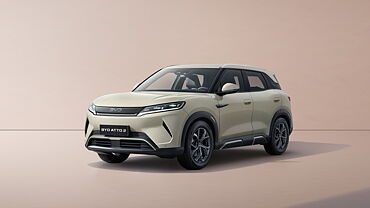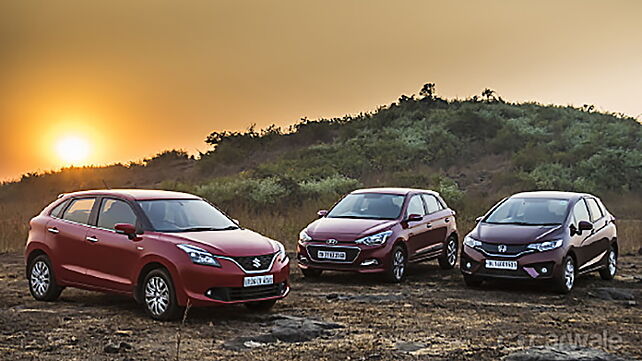
2017 was a great year for carmakers in India with annual car sales registering a two-digit growth and all the experts and analysts had estimated a similar growth for 2018 as well. The annual passenger vehicle sales in India have fallen just short of 3.4 million, much lower than the estimates for the calendar year 2018, growing at just over 5 per cent over the sales of 2017.
Pegged at 33,93,705 units, sales in 2018 grew by over 1.7 lakh units and as usual, the biggest contributor has been Maruti Suzuki with its sales clocking over 1.7 million, another first for the Indian carmaker. But before we get to the highest grossers, let us visit the OEMs that have clocked the highest growth and that begins with Tata Motors.
The fabled Indian conglomerate has successfully turned itself around as a result of the Tata 2.0 initiative taken up by now-ousted Cyrus Mistry. The foundation stones in the form of the Zest and the Bolt had built the base and the Tiago and the Nexon have taken things to the next level. The Tiago has turned out to be the new Indica for Tata and the Nexon has stamped the revival of the brand. The Harrier and the upcoming Tata 45X hatchback (which might be known as Aquilla) should help Tata target a growth of over 25 per cent for the second year in a row, a feat unknown in the Indian market.
The second highest growing brand in India right now is Jeep, the subsidiary of Fiat. FCA is now solely focused on the SUV brand and it is expected to launch at least one more product in the coming year if not two. While one of them is expected to be based on the Renegade to compete against the likes of the Creta and the Duster, the sub-four metre Brezza-rival might take more time.
The only other brand in two digits is Ford and at 10.91 per cent growth, Ford has stemmed its downward spiral with the launch of the new Ecosport and the Ford Freestyle. The American brand needs more presence in the growing segments, especially the C-segment SUV and a premium hatchback. With its partnership with Mahindra, Ford should be able to do the same, but that will take at least two years till these cars see the light of the day.
Finally, of the big four, Maruti Suzuki has registered over 8 per cent growth, further extending its lead ahead of Hyundai and Mahindra. While the Santro’s numbers will certainly make a difference in 2019, the new Grand i10 should add spice to the compact hatchback segment with the new Wagon R staking its claim for the hatchback throne, anew. Mahindra’s S201 or the XUV300 will finally match the competition in the compact SUV segment in terms of characteristics and should be able to give it more ammunition to fight Tata for the third place.
Overall, 2018 started on a very positive note and with favourable tailwinds till mid-year, the sales growth charted a happy story. Maruti Suzuki had targeted a double digit growth for themselves and the entire market and so did the prominent automotive corporations. June-July came as a sweet surprise with almost all the carmakers clocking record sales and automotive sales looked on course for another stupendous year of growth after the lull of GST and demonetisation. But high fuel prices, the eco-political crisis that was being created and the strict monetary policy of the RBI led to a dismal festive season, crippling the sales numbers in the latter half of 2018.
Amongst the highest selling segments have been the B+ and the C segments which include the premium hatchbacks, compact sedans and sub-4 metre SUVs. The Maruti Suzuki Dzire has outsold the Alto twins which is a big statement in itself considering the history of car sales in India. The paradigm shift from sub compacts to mid-size cars is now complete and it has to be seen if the market further graduates to full-size cars. Undoubtedly, it will be the SUVs that will take over the charge in the future but owing to the increasing congestion, we think India will take a little more time to be a SUV country in its entirety.
The luxury car market has grown at just about 3.5 per cent with Mercedes leading the charge by a margin. Accounting for almost 40 per cent market share, Mercedes is followed by BMW which has grown by a whopping 13 per cent compared to 2017. Audi has been the lone sufferer here, with sales down 18 per cent after one of its premier dealers catering to the biggest luxury cars market of Delhi, Gurgaon and Noida shut doors. Both Jaguar and Land Rover along with Volvo have registered strong growth with a slew of new products from both brands. While these numbers might not include the elite brand Rolls Royce or Ferrari, luxury car sales will surely be expected to reach 50,000 units next calendar year, with an estimated growth of over 20 per cent.

